Revolutionizing Oral Care: The Impact of Dental 3D Printers on Modern Dentistry
The advent of dental 3D printers is poised to revolutionize modern dentistry, offering innovative solutions that enhance precision and efficiency in oral care. According to a recent report by MarketsandMarkets, the dental 3D printing market is projected to reach $3.4 billion by 2025, growing at a compound annual growth rate (CAGR) of 20.6%. This surge in adoption of dental 3D printers is driven by their ability to produce customized dental solutions, such as crowns, bridges, and aligners, with unparalleled accuracy and speed. Furthermore, 3D printing technology enables dental professionals to streamline their workflows, reduce patient turnaround times, and minimize material waste. As the technology continues to evolve, it is expected to further transform treatment methodologies, ultimately enhancing patient outcomes and reshaping the landscape of oral healthcare.
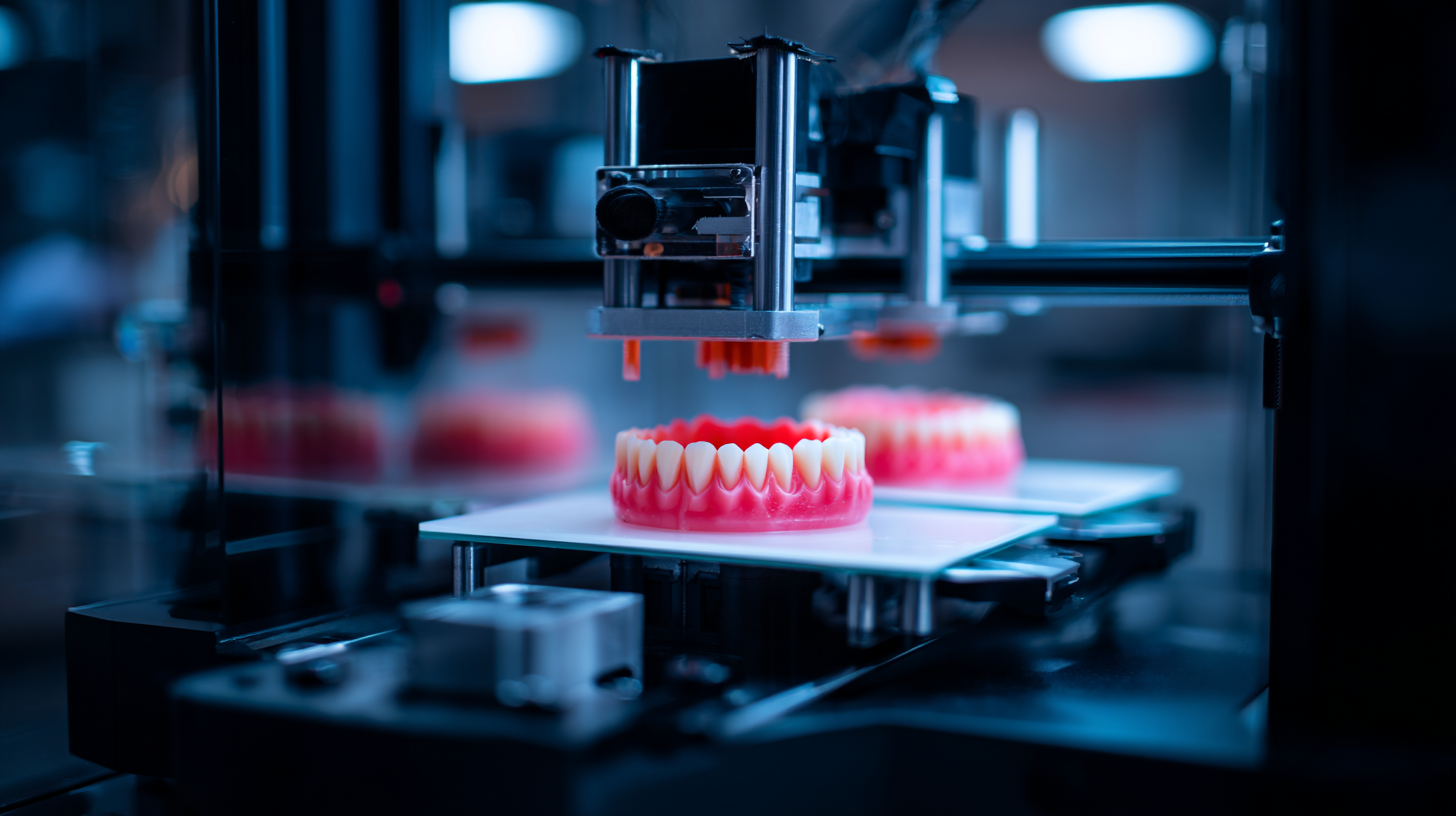
Table of Contents
[Hide]
The Evolution of Dental 3D Printing Technology
The evolution of dental 3D printing technology has fundamentally transformed the landscape of modern dentistry. Initially emerging in the early 2000s, this innovative technology has made significant strides in terms of precision and efficiency. According to a report by Research and Markets, the global dental 3D printing market is expected to grow from $1.58 billion in 2020 to $6.58 billion by 2026, indicating a compound annual growth rate (CAGR) of 26.4%. This growth is driven by the increasing demand for customized dental solutions and cost-effective care.
Recent advancements in materials and hardware have expanded the capabilities of dental 3D printing. For instance, the introduction of biocompatible resins and metal printing techniques allows for the creation of prosthetics, orthodontic devices, and dental implants with unprecedented accuracy. A study published in the Journal of Prosthetic Dentistry reported that 3D-printed crowns demonstrated an 85% reduction in production time compared to traditional methods. Furthermore, the technology’s ability to produce patient-specific geometries not only enhances fit and comfort but also improves the overall patient experience, making it a critical component for dental professionals looking to provide cutting-edge care.
Key Benefits of 3D Printers in Modern Dentistry
The dental equipment market has witnessed significant growth with the advent of advanced technologies such as 3D printing. This innovation is central to revolutionizing oral care by enhancing the precision and efficiency of dental procedures. Key benefits of integrating 3D printers into modern dentistry include the ability to create customized dental solutions, ranging from prosthetics to aligners, tailored to individual patient needs. Additionally, 3D printing reduces the time taken for these processes, allowing for quicker turnarounds in dental labs and improved patient satisfaction.

Moreover, the market for dental imaging continues to expand, focusing on various modalities such as panoramic imaging systems and 3D Cone Beam Computed Tomography (CBCT). These technologies not only provide detailed visuals of dental structures but also complement 3D printing by ensuring that the digital models represent accurate anatomical details. As the demand for innovative dental solutions grows, the incorporation of 3D printers and advanced imaging techniques positions stakeholders in the dental industry to enhance treatment outcomes and optimize operational workflows.
Applications of 3D Printing in Restorative and Cosmetic Dentistry
The integration of 3D printing technology into restorative and cosmetic dentistry is transforming patient care by enabling more precise and customized solutions. With the global dental 3D printer market projected to grow significantly, from $174.1 million in 2025 to $345.2 million by 2032, dental professionals are increasingly adopting this innovative approach. The ability to produce complex dental restorations, such as crowns and bridges, with high accuracy and speed is enhancing treatment outcomes and patient satisfaction.
Tips: When considering 3D printing for dental applications, it’s essential to evaluate the printing orientation, as it can significantly impact the mechanical properties and longevity of the prostheses. Additionally, selecting the right resin is crucial, as different materials exhibit varying degrees of wear resistance and fracture strength. Regularly updating knowledge on emerging resins and printing techniques will help practitioners stay at the forefront of dental innovation.
The mechanical analysis of 3D printed dental restorations confirms the importance of material selection, with newly developed resins offering promising wear and fracture resistance. By leveraging these advancements, dentists can provide durable and aesthetically pleasing solutions tailored to the needs of each patient. This shift not only improves clinical efficiency but also paves the way for a new standard of care in dentistry.
Challenges Facing the Adoption of 3D Printing in Dental Practices
The adoption of 3D printing technology in dental practices promises transformative benefits, yet it is not without challenges. One significant hurdle is the high initial cost of 3D printers and the materials required for printing. Many dental practices, especially smaller ones, may hesitate to invest in this advanced technology, fearing that the return on investment will be slow. Additionally, the steep learning curve associated with operating these machines can deter practitioners from fully integrating 3D printing into their workflows.
Another challenge lies in the regulatory landscape surrounding 3D-printed dental products. Ensuring compliance with industry standards and safety regulations can be daunting, leading to potential delays in bringing innovative solutions to market. Dentists must also address patient education, as many patients may not be aware of the advantages of 3D printing in dental care, leading to reluctance in accepting new treatment modalities.
**Tips:** To ease the transition into 3D printing, dental practices should consider collaborative partnerships with experienced 3D printing companies that can provide guidance and training. Regular workshops and seminars can also help staff stay updated on the latest advancements, boosting confidence in utilizing this technology effectively. Patient education materials highlighting the benefits of 3D printing can foster acceptance and enthusiasm for modern dental treatments.

Future Trends: The Next Frontier for 3D Printed Dental Solutions
The realm of dental solutions is poised for a transformative shift, largely fueled by advancements in 3D printing technologies. As the additive manufacturing market is predicted to reach approximately $24.38 billion in 2023, it is expected to grow at an impressive rate of 15.17% from 2024 to 2031. This surge indicates a robust trend towards digitalization in dental care, enabling dentists to offer personalized treatments more efficiently than ever before.
Recent events, such as the 2025 South China International Oral Medical Technology Seminar, underscore the industry’s commitment to digital restoration advancements. With major focus areas including the integration of AI within dental practices, innovators are developing solutions that enhance treatment precision and patient outcomes. Notably, collaborations between technology firms are leading to the creation of next-generation invisible braces, emphasizing the enduring impact of 3D printing on orthodontics. As we explore these future trends, the dental industry stands on the brink of a new era, where cutting-edge technology and personalized care converge to redefine oral health solutions.
Revolutionizing Oral Care: The Impact of Dental 3D Printers on Modern Dentistry
Related Posts
-
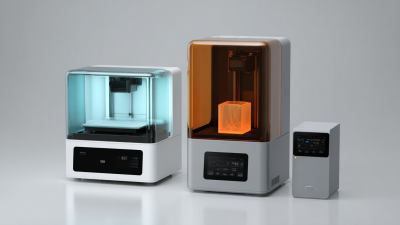
How to Choose the Right Dental 3D Printer for Your Practice Needs
-
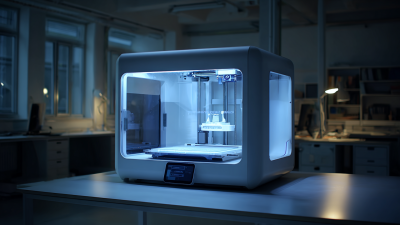
The Future of Creative Production with 3D Plastic Printers
-

What is the Future of 3D Printing Machines in Global Manufacturing
-

Challenges Faced by Businesses in Adopting Commercial 3D Printers
-
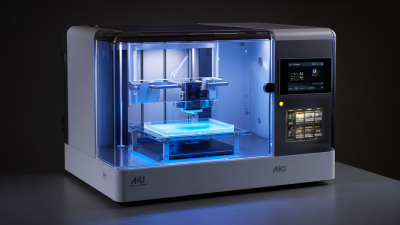
Unlocking the Future Best 8K 3D Printer for Global Buyers
-
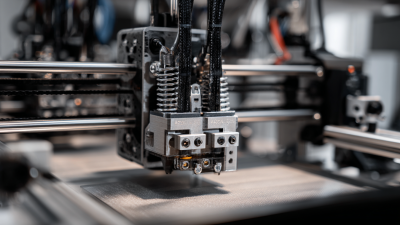
Digital Revolution Best 3D Printers That Print Metal Transforming Manufacturing Efficiency